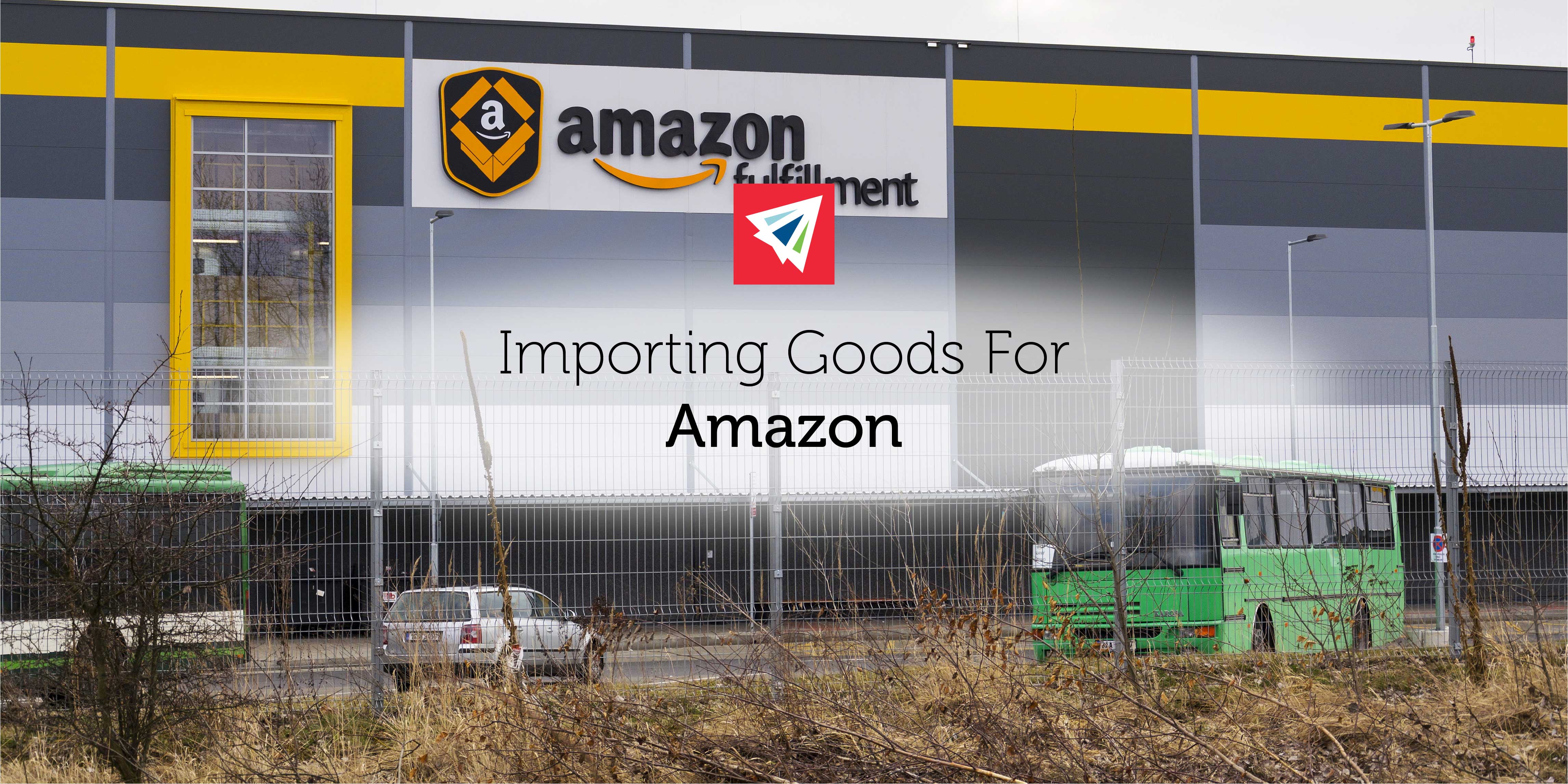Amazon has been a driving force in international product sales as of the past couple years. As it continues to grow, more and more businesses are moving activities to the site to promote their brand and increase their sales. Selling on Amazon has many benefits such as increasing your customer base and inbound sales leads, strengthening your brand image, and providing a trustworthy platform for business activities. Although anyone can sell their product on Amazon, if you are seeking to base a large amount of your business’s product sales on the Amazon marketplace, there are a few steps you can take regarding your importing process to make it as cost-effective as possible.
Your Role in Importing Goods for Amazon
When importing goods for Amazon, they will not act as a carrier or Importer of Record for your company and its shipments. So setting up an efficient shipping process to get your products into the United States and to an Amazon warehouse is imperative. Of course, you could take the age-old route of importing your products to your own facility and spending the extra time and money on moving them to a local Amazon warehouse… Or you could use our solution – moving your products directly from their origin to an Amazon warehouse where they will be ready for your customers immediately. The task may appear daunting at first, but following these steps, you should be able to quickly set up a streamlined process to have your goods imported to an Amazon warehouse.
- Make a listing on Amazon for your product. Amazon will not allow you to use their FBA (Fulfillment By Amazon) service unless you have your products listed prior to sending your product to their warehouse.
- Prepare a commercial invoice for your products. Indicate the Importer of Record, the shipping parties involved, the goods you are selling, the country they were manufactured in, and their Harmonized System codes.
- Find a broker to clear your goods at Customs.
- Use an NVOCC such as Interlog USA, Inc. to: 1) move your products from their origin to the port, 2) clear your goods for exporting and importing, and 3) moving your products from the US port to an Amazon Warehouse. Your freight forwarder/NVOCC should have full capabilities to handle your cargo and get it to an Amazon Warehouse.
- If you find more cost-effective solutions, you have the option to send your goods to a pre-fulfillment center where your goods will be prepared for sale on Amazon. This includes packaging, applying labels and barcodes, etc.
- Follow Amazon’s directions on what particular Amazon fulfillment center you should move your goods to. After creating your product listing on Amazon, you should be able to see what fulfillment center they are instructing you to ship to.
After walking through the steps, importing goods for Amazon doesn’t seem like such a confusing task. More than anything, the pieces that matter the most are the order of steps, having a clear understanding of what fulfillment centers you should be shipping to, and ensuring your freight forwarder lists these fulfillment centers as the destination point of shipping. Setting up your Amazon sales plan as such will decrease handling of your cargo, cost of shipping, time throughout the process, and potential damages to your cargo. As always, make sure you insure your cargo. If you have followed the above steps, you are now ready to begin selling your products on Amazon! If you are interested in importing for Big Box retail stores, read our article on it.
If you are interested in importing goods for Amazon or Big Big retail stores but would like some guidance with the process, give our company a call and we’d be happy to help. We have plenty of experience in the area!

One thought on “Importing Goods for Amazon”